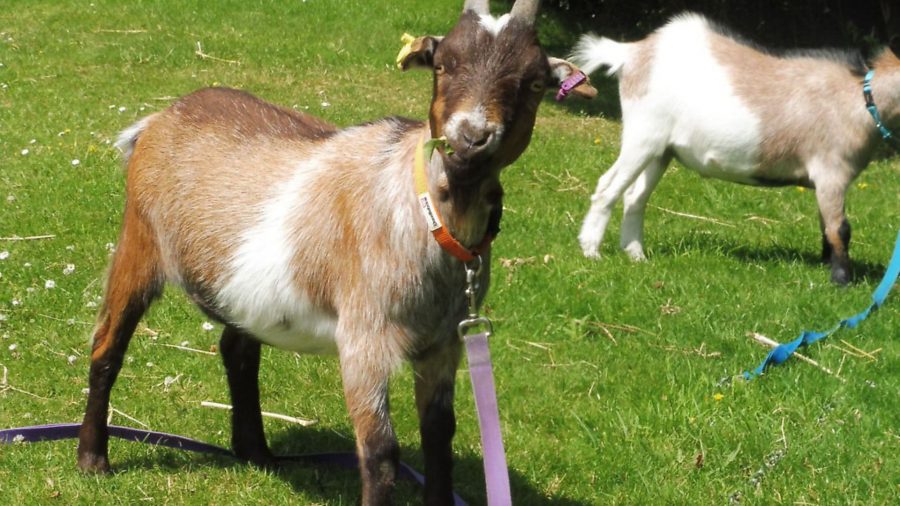If you’re taking the plunge and are intending to buy goats there are several things to consider before you part with your money, not least whether you want them for meat, milk or fibre. Lee Connor offers some sage advice
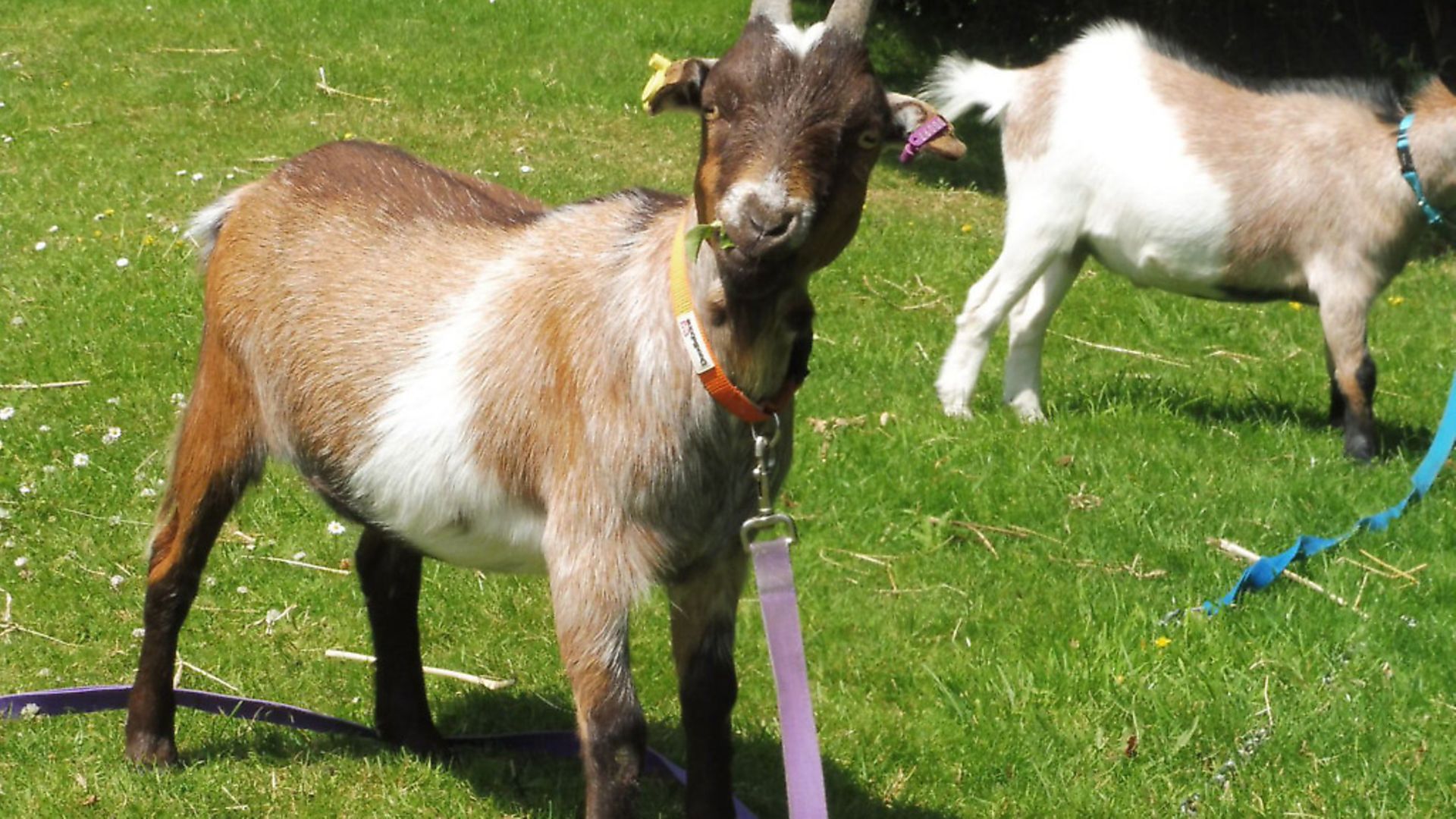
You have made a decision. You are going for goats! But where is the best place to source them, what should you look out for in a healthy animal and, as any good goatkeeper knows, being prepared and knowing about common complaints and disorders is vital when it comes to welfare.
Buying stock
Buying a goat isn’t difficult; there are numerous ad sites online, such as Preloved, and they can be found in the back of some newspapers that still advertise stock for sale. However, the principle of caveat emptor (buyer beware) will need to apply if going down these routes.
Don’t do as I once did and excitedly rush into buying a goat (Country Smallholding, August 2019). If you begin with an unsatisfactory animal from stock of uncertain origin it will cause no end of disappointment and frustration. Having firmly decided to keep goats, head to the British Goat Society (BGS) website and make contact with as many breeders as you can and hopefully see as many goats as possible before committing to buying your own animal(s).
Sharon Peacock of Cockerham Goats comments: “Once you have decided on the breed/type of goat you are going to plump for, you should view as many herds as possible to decide who to buy from. Research each herd. Ask about their goats’ health status, productivity and registration status. If you are looking for a registered pure breed then breed societies often run adverts on their websites.”
“Buy from a breeder who asks lots of questions and checks what you are doing,” advises Sue de Carteret of Golden Guernsey Soap. “It would be helpful if they are also willing to keep in touch for the first few months in case you need to check you are giving the right care, or if you have any problems. If you’re a first timer, personally I would be very wary of ‘rehoming’ a goat. You may be taking on problems that, as a newcomer to goatkeeping, are way beyond your capabilities.”
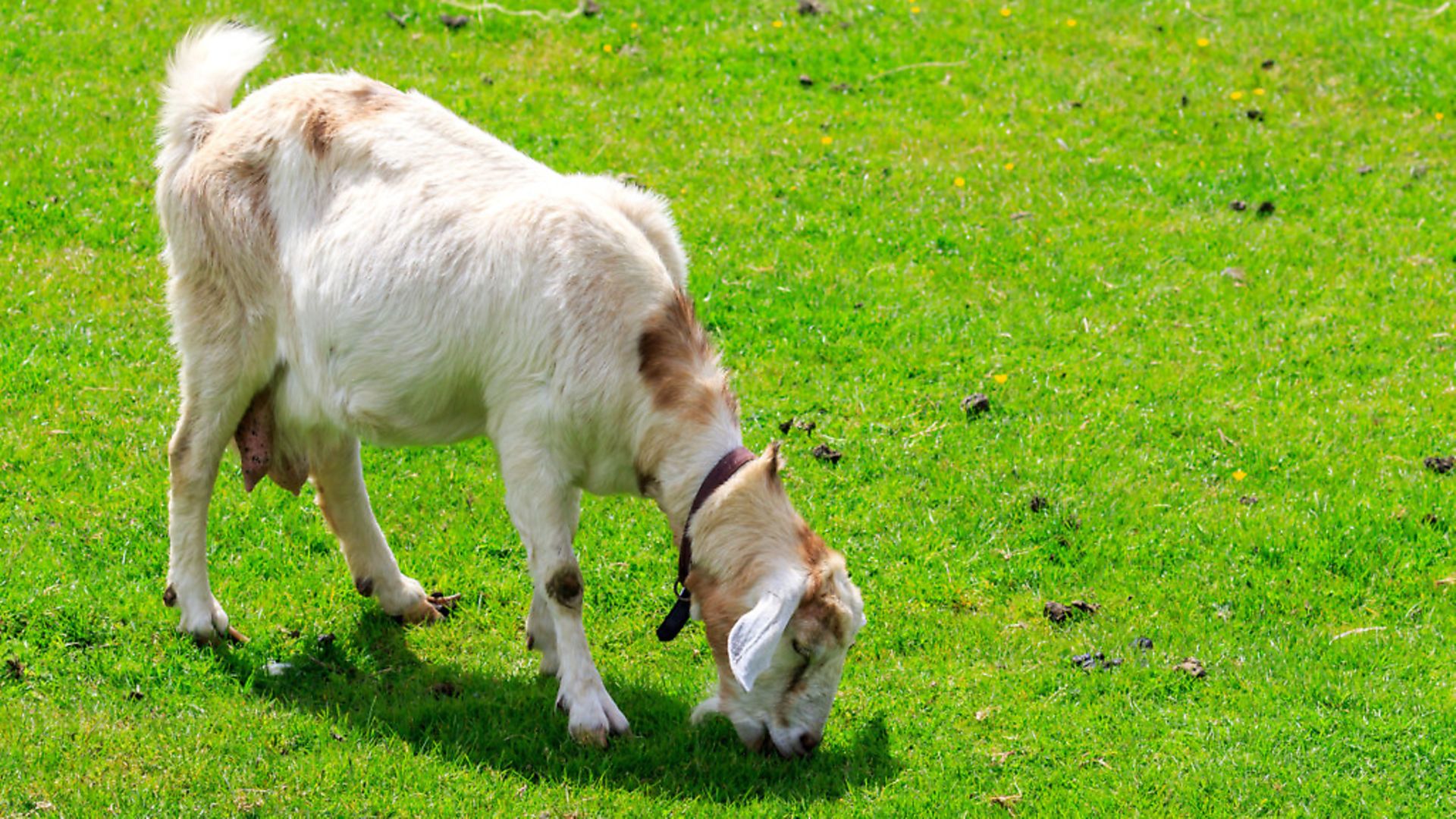
The BGS also has a useful list of addresses and contacts for breed societies and local breed clubs. An abundance of help and advice is out there — it’s free and just a click away.
Steve Whitley, a fibre producer from Corrymoor Mohair, agrees that the internet is a fantastic search tool if used in the right way.
“When thinking about buying an Angora goat, its best to look at the society website breeders near you,” he says. “They will welcome serious enquiries and will be happy to show you around. The society pages will also have a wealth of tips about keeping Angora goats and will also carry details of important shows.”
Meat or milk?
The answer to exactly how you begin in goatkeeping will, of course, vary depending on whether you are making a start in dairy or kicking off a new meat/fibre production business.
Sharon Peacock gives the meat perspective: “It’s often best for new owners to buy experienced adult females, especially if they want to breed from them. It’s much easier in the first kidding season if they know their does are already capable mothers.”
Often owners of a few does don’t want to own a male and in the meat sector this is easy to avoid. It is possible to buy young males from a meat herd who are suitable to use to mate with a small number of females before then taking the male in for meat. This way you have pregnant does without the worry of owning a male. It also reduces the disease risk for the females provided you buy a male from a high-status herd. Herds with high status do not allow visiting females, so this approach allows access to quality genetics in a biosecure way. Many small owners choose this method, using a fresh male each year. It also allows the owner to keep female kids where this is often not feasible if they own the father.
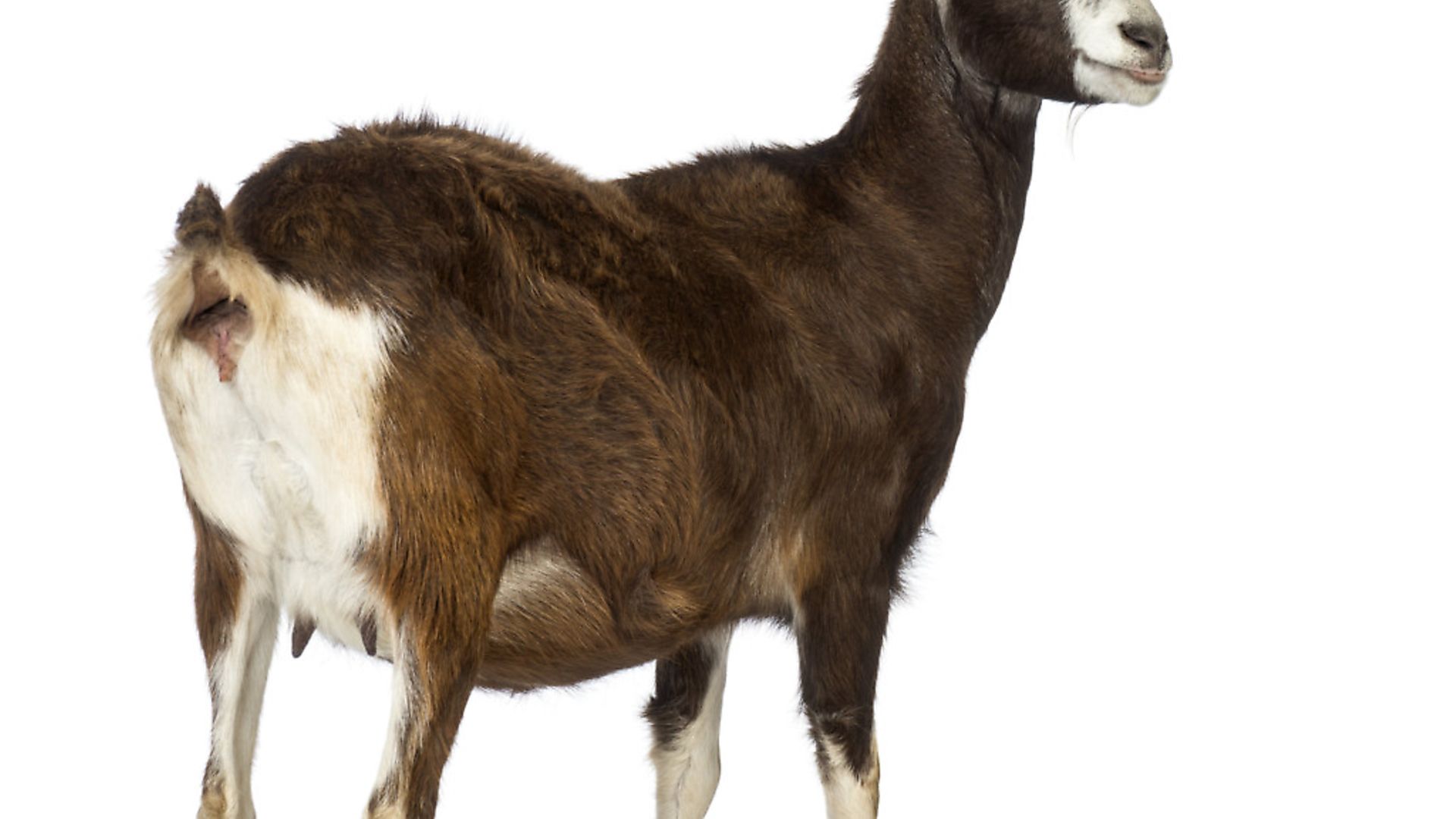
Sharon adds: “Kids are generally the most freely available to buy. However, this involves a long-term decision as in the meat industry the norm is to breed from the females for the first time at 18 months. This means a long wait between buying in female kids and your first meat product.”
If fibre is your bag, Steve Whitley has some advice: “If you haven’t owned Angoras before it might be best to start with a couple of wethers [castrated males]. If you’re determined to have females, go for yearlings and don’t plan to mate them for a year so that you — and they — have time to get used to each other. Many Angora breeders will not sell kids.”
Lynne Summers from the Somerset Dairy Goat Club advises buying in a milker and a goatling (one that has not kidded aged between 12-24 months) if it’s milk you’re after.
“Then the goats can be put into kid on alternate years,” she says. “Sometimes this isn’t necessary because a good milking goat can ‘milk through’, ie, continue to produce sufficient milk for maybe two to three years after kidding.”
Selecting a happy healthy animal
The BGS provides a full list, booklet and videos of necessary health checks. It also publishes necessary goat vaccinations and serves as an excellent reference point for any new goatkeeper. But what else should the novice be looking for when viewing stock?
“It’s vital to be happy with the health status of the whole herd your goats are coming from,” says Sharon Peacock. “An owner of healthy goats should be proud to show them off to you — if the seller doesn’t really want you to see what’s on site then leave empty handed.”
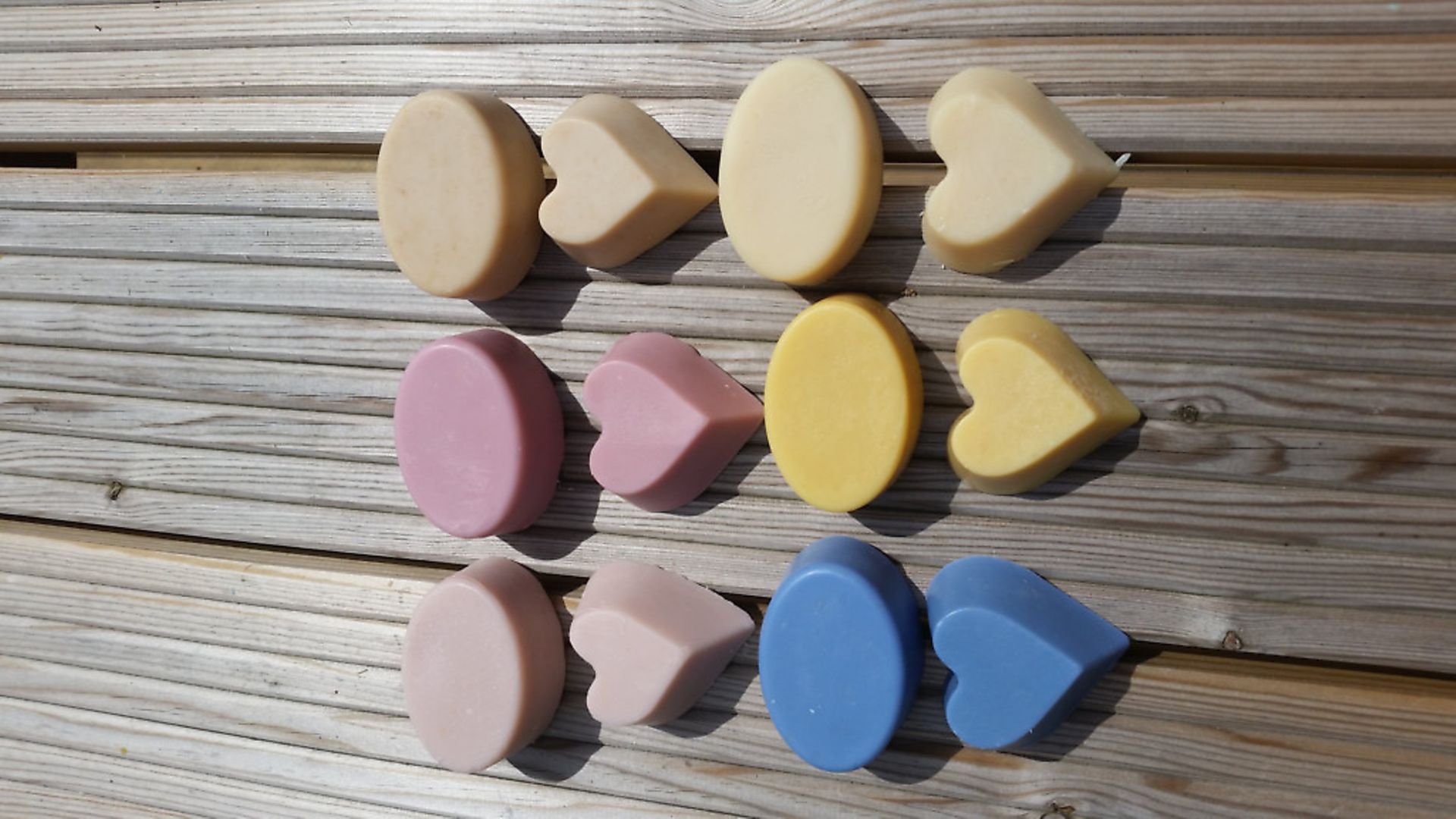
She adds: “Always ask about diseases such as caprine arthritis encephalitis (CAE), caseous lymphadenitis (CLA) and Johne’s. Note that there are variations in status for all these diseases, from ‘unknown’ through to ‘tested/accredited’ and ‘vaccinated’. Therefore understand each of these and decide what level you are seeking before visiting the herd.”
Lynne echoes these sentiments.
“Always buy from someone who can provide a health status — always with a current CAE certificate and, if possible, someone who can prove that they have never had Johne’s or scrapie [a fatal, degenerative disease affecting the central nervous system] in their herd.”
While disease prevention is vital, it is important too not to lose sight of the fact that you need to be able to handle the goats you buy when you get them home.
Sue advises: “When you visit prospective purchases, ensure that they are not skittish and will let you walk up to them and that they are used to being handled. Unfortunately, when I got mine only one was friendly and she’s a dream. However, the other two had already had a couple of previous owners and they were not easy to work with and needed a lot of patience and determination to milk/hoof trim, etc.”
For anyone buying an Angora, Steve Whitley suggests looking for all the normal signs of good health and vitality.
“Look for good feet, happy looking goats with a good fleece and who seem well grown for their age. Don’t buy if you see runny noses, lameness, panting and dirty bottoms, or any scratching that might indicate lice. Also ask the breeder if they are a member of any health schemes and check up on the worming history of the flock.”
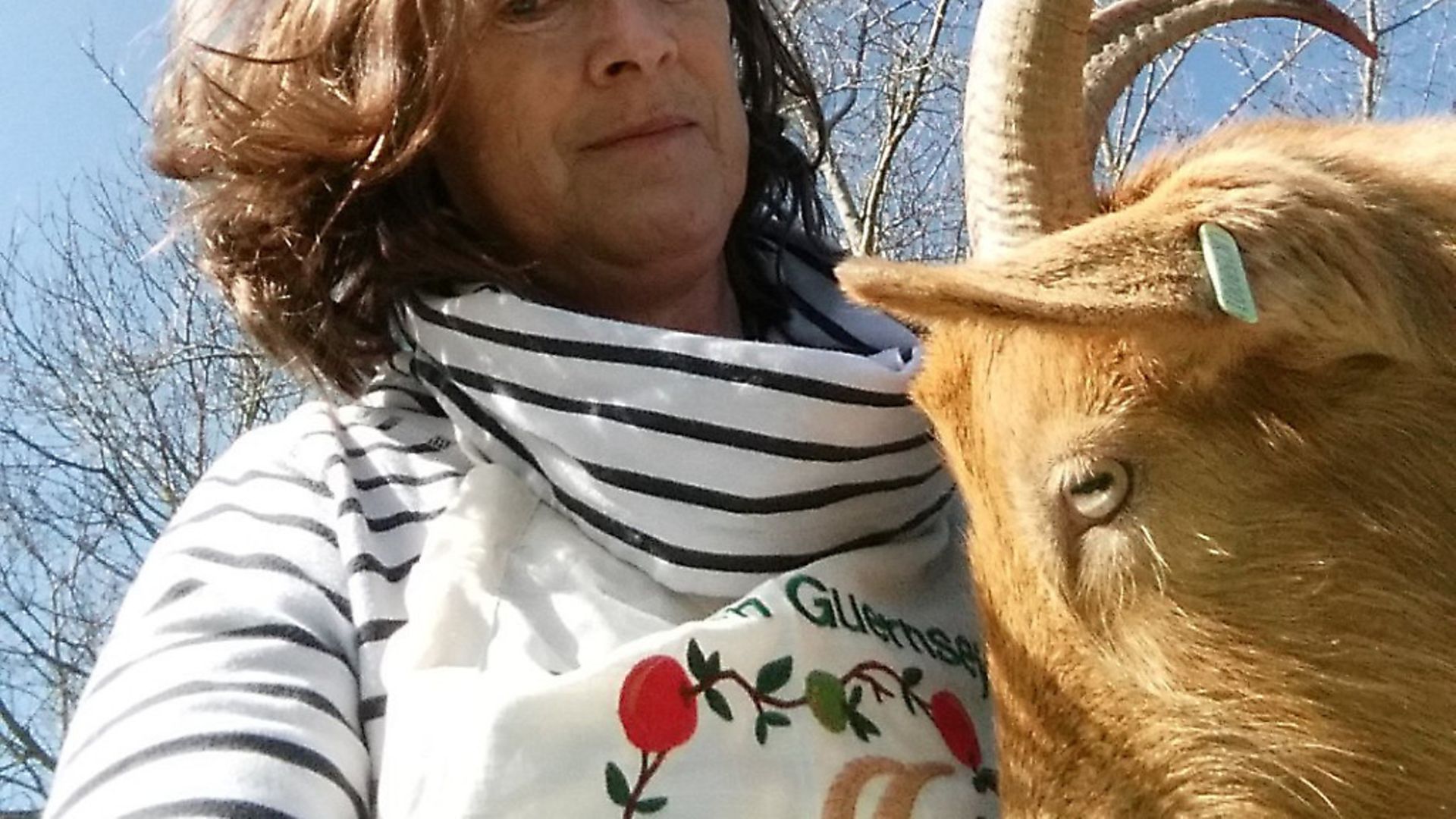
Milking
My goatkeeping bible, which certainly proved something of a lifesaver for me with my first goat, was Lois Hetherington’s All About Goats, written in 1977. The only possible disagreement I would have with this great lady in the whole of her book is with her line, “milking isn’t difficult, but to begin with it does make the hands ache a little”.
It may well have been a problem with me and my technique, but I certainly found milking a lot harder than she made it sound.
Following instructions from a book, though, probably isn’t the best way for anyone to learn the art of milking. Now, of course, we have the internet and YouTube is awash with videos of ‘how to milk a goat’. However, nothing beats getting some, quite literal, hands on experience under an expert eye. My local smallholding association runs affordably priced goat husbandry courses which include milking, and this is an excellent starting point. Local goatkeeping clubs (most counties have one) also often run similar courses.
But which milking breeds are the most suitable for the novice goatkeeper?
Lynne Summers says: “If you’re just wishing to supply the house with milk then a Golden Guernsey would be a good option. If more milk is needed then I would recommend a British Saanen.”
Goat health
Goats are, of course, very hardy animals when well, but notoriously bad patients when ill and so prevention is far easier than cure. Just like all other forms of livestock, the goat can suffer various diseases caused by bacteria, viruses and parasites. A whole lot of problems can be avoided or certainly nipped in the bud by practising good biosecurity and by close observation of the herd.
The BGS says that this observation is essential to help the goatkeeper learn what is normal. Many diseases have a gradual onset and being able to spot the slightest change in an animal could prevent risk to the entire herd.
The BGS publishes a helpful observational checklist (www.britishgoatsociety.com/about-us/health/). It includes:
– Is the goat alert and active?
– Is its appetite normal?
– Is the goat drinking water?
– Are the droppings firm and pelleted?
– Has the milk yield changed suddenly?
Sharon has also discovered that goats have much higher mineral requirements than some other livestock.
“Mineral deficiencies are regularly seen in goats with insufficient supplies. Often the first signs are subtle and easily missed with dropped condition and poor skin and hair quality often being seen initially. Mineral levels often have effects on fertility and kid health, so it’s vital to notice early on if there are signs of low conception or of poor kid survival.”
Both Steve and Sue emphasise the need for the new goatkeeper to pay particular heed to goat foot health.
Steve says: “Bad feet make an animal lame, so you should pick up the feet regularly and examine them.”
A vet’s view on foot care
The trimming of goats’ feet has received a lot of attention in recent years following the change in standard footcare advice given to sheep owners, which is now to do very little routine foot trimming, writes vet Ben Dustan, honorary secretary of the Goat Veterinary Society. Instead the emphasis has shifted on to making the environment in which the sheep live better, improving natural wear and being quick off the mark in dealing with problems. With goats, the various different management styles we have for them makes a generalised approach to footcare very difficult as the adage ‘every farm is different’ has never been more true or appropriate.
As a generalisation, it is true that the majority of the larger goat enterprises house their goats for most of the year, frequently because of parasite concerns. This means that the opportunity for natural wear is reduced and claw overgrowth and excessive heel height is a real problem. This necessitates some degree of regular foot trimming, but it brings its own complications as even just routine trimming has been associated with an increased risk of some forms of lameness, eg, toe-end growths. It is probably true that the phrase ‘as little as possible and as much as necessary’ reflects the approach needed for the routine footcare of housed goats.
Goats are susceptible to the same plethora of infectious lameness diseases as sheep, such as foot scald, foot-rot and even Contagious ovine digital dermatitis (CODD), with much the same risk factors and treatment options advised. It is essential to get the correct diagnosis and treatment plan as there are so few licensed drug options available for goats — so always speak to your vet to get the latest advice. It is now widely accepted that all lameness conditions are painful and, despite there being no licensed pain medications available, always talk to you vet to get anti inflammatories and pain-killing treatments as well.
Examination of a goat’s feet is best done in the standing goat unless you have experienced handlers and appropriate goat footcare crushes/crates. (Goats will walk on to stools/tables to save a handler’s back if appropriately restrained with a neck collar). Goats can get very agitated if turned over and, particularly if they have horns, they can present a real health and safety hazard to the operator. Foot trimming equipment should be disinfected between each animal.
Is there nothing a goat can’t do?
Day after day we read in the press about farmers being urged to diversify to boost productivity and income. Maybe we should all be looking at what goatkeepers have been doing with this long-neglected animal and possibly pick up some valuable tips.
From the time Lois Hetherington wrote All About Goats in the 1970s, which mainly concentrated on the provision of milk, the goat has boomed in the UK. Now goat meat is commonly found and eaten throughout the country and mohair (and cashmere) is considered a highly sought-after luxury fibre.
Goatkeepers like Sue de Carteret are also increasingly cornering other markets, with products like goats’ milk soap aimed at those with sensitive skin.
Others are creating goat versions of the increasingly popular (and healthy) kefir, yoghurts and ice cream, and in some places goats are even being used as pack animals, carrying gear on mountain hikes. Is there nothing this animal can’t do?
Great goat breeds for smallholders
The glorious Golden Guernsey
Golden coloured goats have been known on the island of Guernsey for at least 200 years. During World War II, Miriam Milbourne kept the breed going, essentially for milk, and in the 1950s she set about fixing the golden colour and built up quite a large herd. By 1965 it was recognised as breeding true to type and around the same time a few goats were brought across the English Channel to Sussex and Kent.
The Golden Guernsey Goat Society describes its namesake as being suitable for those “without grazing, who have a very small plot of land, and who want their wholesome milk produced at home.”
British Saanen
This is a white goat developed in the UK from imported Saanen stock with a nod to increasing milk yields. It made rapid progress, gaining recognition as a breed in 1925. By then it was already a larger animal than the Swiss type, with higher milk yields and longer lactation.
It is a popular breed for those who require large amounts of liquid milk throughout the year and where significant numbers need to be housed together.
British Saanen are also renowned for their docile, placid natures.
Image(s) provided by:
Archant
Archant
Archant
Archant
Archant

